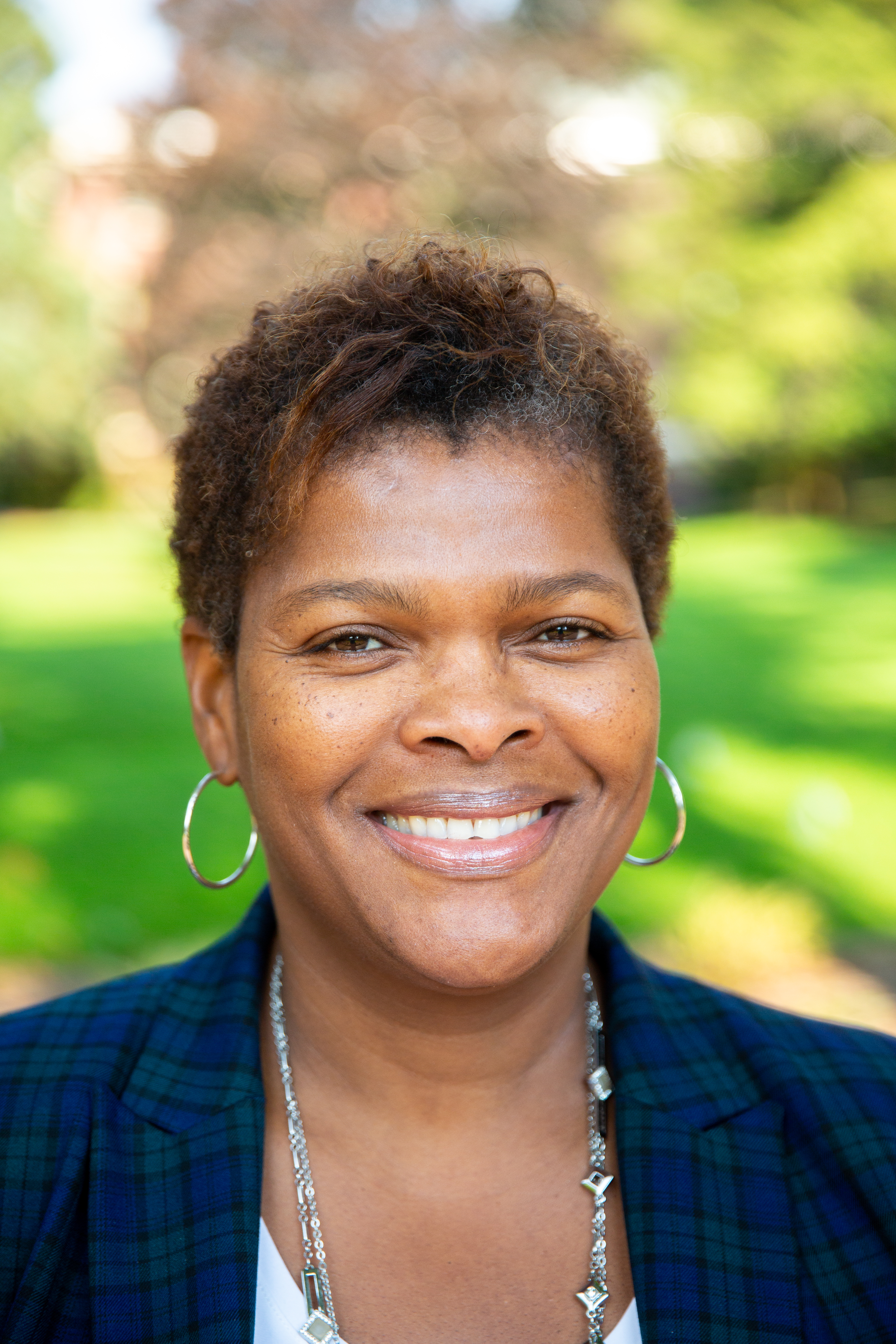Chief Diversity Officer Jacqueline Hughes is Western’s top executive in charge of building a more inclusive community.
It’s the first time such a high-level executive has been tasked with leading the work campus-wide. Hughes reports directly to President Sabah Randhawa and is part of the President’s Cabinet. She also serves as executive director of Western’s new Office of Equity.
Hughes came to Western from California State University, San Bernardino, where she was associate provost for Academic Personnel, as well as deputy officer for Discrimination, Harassment and Retaliation and co-chief diversity officer for Faculty Affairs.
An educational psychologist by training, Hughes was on the teacher education faculty at CSU Bakersfield for many years before she went into administration in San Bernardino.
What does a chief diversity officer do?
In higher ed, the CDO’s responsibilities are usually around two major areas: One is to increase and sustain demographic diversity and develop programs that work toward increasing equity and inclusion.
Chief diversity officers also work to build the capacity of university constituents to engage thoughtfully in ADEI work. Central to capacity building is the work to create a learning community, where inquiry, reflection, and understanding can thrive.
You’ve been here since fall quarter, what insights have you gained so far?
For me, what seems to be the priority for our ADEI work here is building community: building relationships and trust with each other. We all share this space at Western, but we don’t experience it in the same way. Based on what I’ve seen and heard so far, I would have to say we don’t yet have a shared understanding that would inform how we see and interact well with each other.
Opening the space for people to talk about who we are in terms of our individual identities, but also who we are collectively and sharing those internal stories, will help bring awareness about others in this space. We’ll begin to form perspectives and relationships that would not have come about if we had not begun the conversations about how we share this space individually and collectively.
You’ve already had quite a few conversations with people here on campus in several listening sessions. How did those go?
I’ve really enjoyed meeting with our students in the residence halls. The first one was at Alma Clark Glass Hall, and we had over 75 students. We served breakfast-for-dinner and ran out of food! I asked three basic questions: Is your identity welcomed here, do you feel heard here, and how can Western better support you in your identity and your role?
The students observed that we had been so intentional about recruiting them. And now that they’re here, we need to be more intentional about keeping them here. They love the place, they love their professors, but they want us to engage them more. Students said the fact that I came to their place of residence, engaged with them, asked them questions, allowed them to respond in a way that suited them, listen and take notes—that was a welcome experience.
We’ve consistently had faculty, staff and students say that we need opportunities to have these kinds of conversations. It tells me people are hungry for the opportunity to engage with each other in a non-threatening way.
What does sharing stories have to do with working toward more substantive change?
Storytelling opens us up to each other. It binds us, breaks down barriers, and fosters deeper understanding on who we are as cultural beings. Essentially, it’s a non-threatening way to learn about each other and to build community, to connect with others. As you know, a healthy community is fundamental to ADEI work, which often pulls at our emotions and pain about the harm that we’ve experienced in the past and present.
How do you like to learn about other people?
I love to travel and spend time in local communities getting to know the people who live in these communities. I like to talk to the women in the markets and ask what they’re selling and, in that conversation, learn a little about their lives. I think traveling to countries that are completely different from your own opens us up to new ways of seeing things. It challenges our assumptions, which can be a beautiful and humbling experience.
The reason why markets resonate with me is because it reminds me of how I grew up in the Caribbean. We grew pumpkins, a wide variety of sweet potatoes, peas and cassava to sell and sustain ourselves. We’d go out every afternoon after school to pull weeds, turn over the soil and prune plants, and on Saturday mornings my grandparents would go to market and sell the provisions. We rarely went to the supermarket in town—it was too expensive—and we planted what we needed to eat. Our house had holes in the roof, and we used buckets and pans to catch the rainwater. We had no electricity (we got this much later) or phone, and no indoor plumbing. My sister and I did homework by flashlight or candlelight. When I share my story, individuals from all walks of life have a reaction of connection or fascination— this is beginning of a bond. So, we may live worlds apart, but we can have similar experiences. It is in this connection that we form relationships that can help to break down barriers.
How will you know your first few years at Western were successful?
I’ll feel these first few years were a success if we can look back and point to the progress we made, the growth we achieved, and the challenges we overcame. I hope that we will have become more of a learning community able to have difficult conversations about challenging issues thoughtfully, and that we all see the need to find innovative ways to solve our problems.
